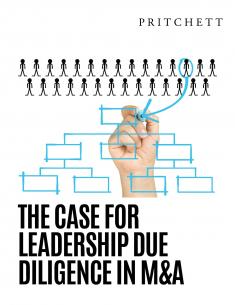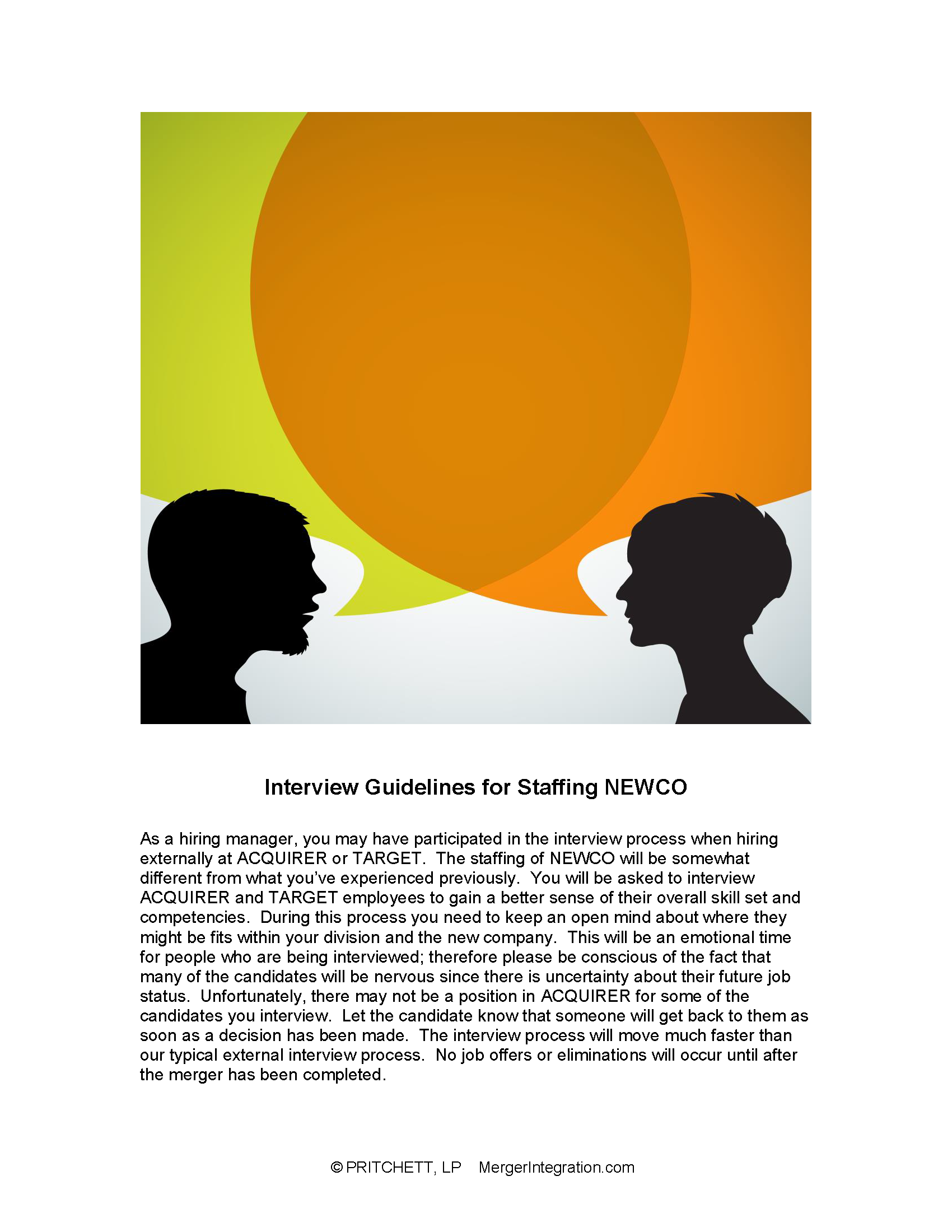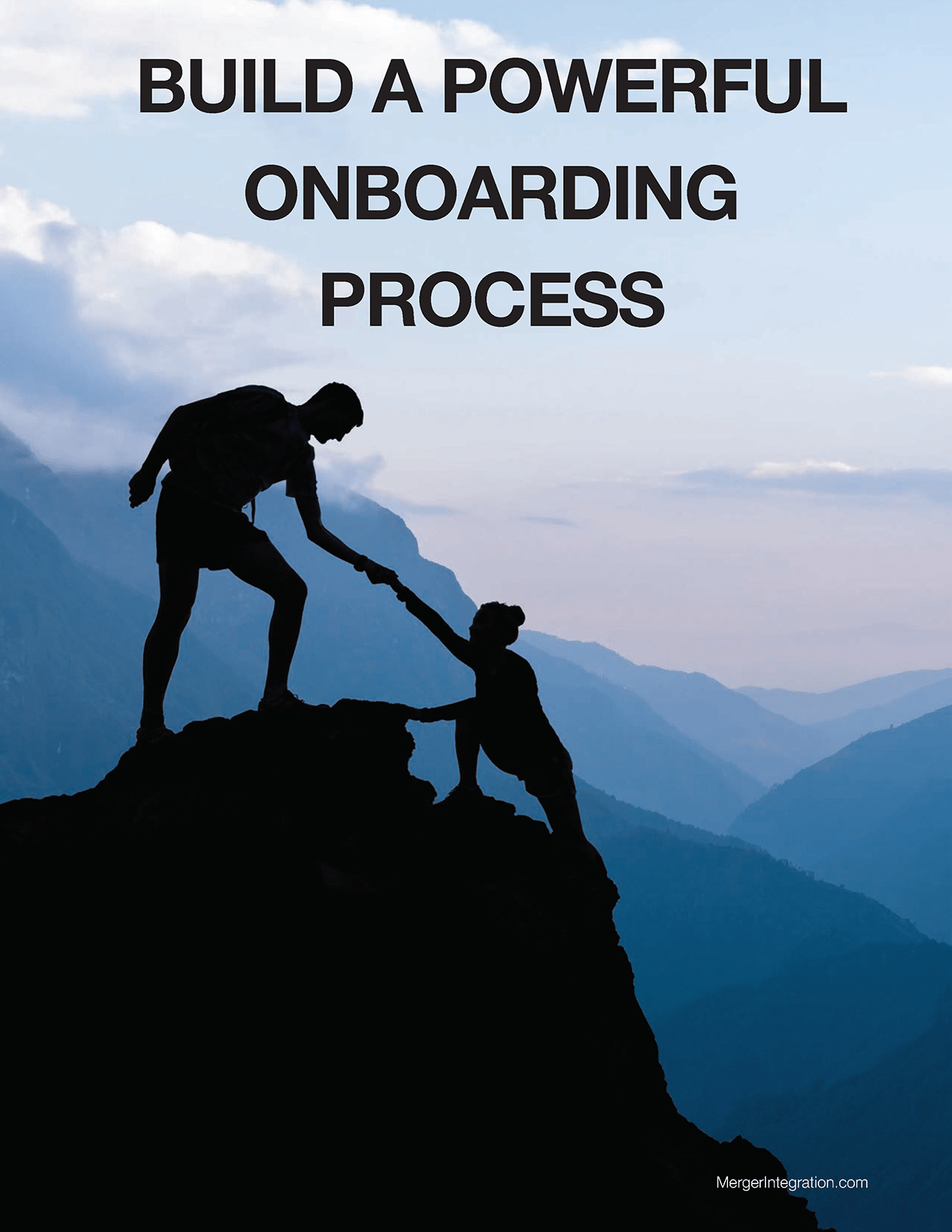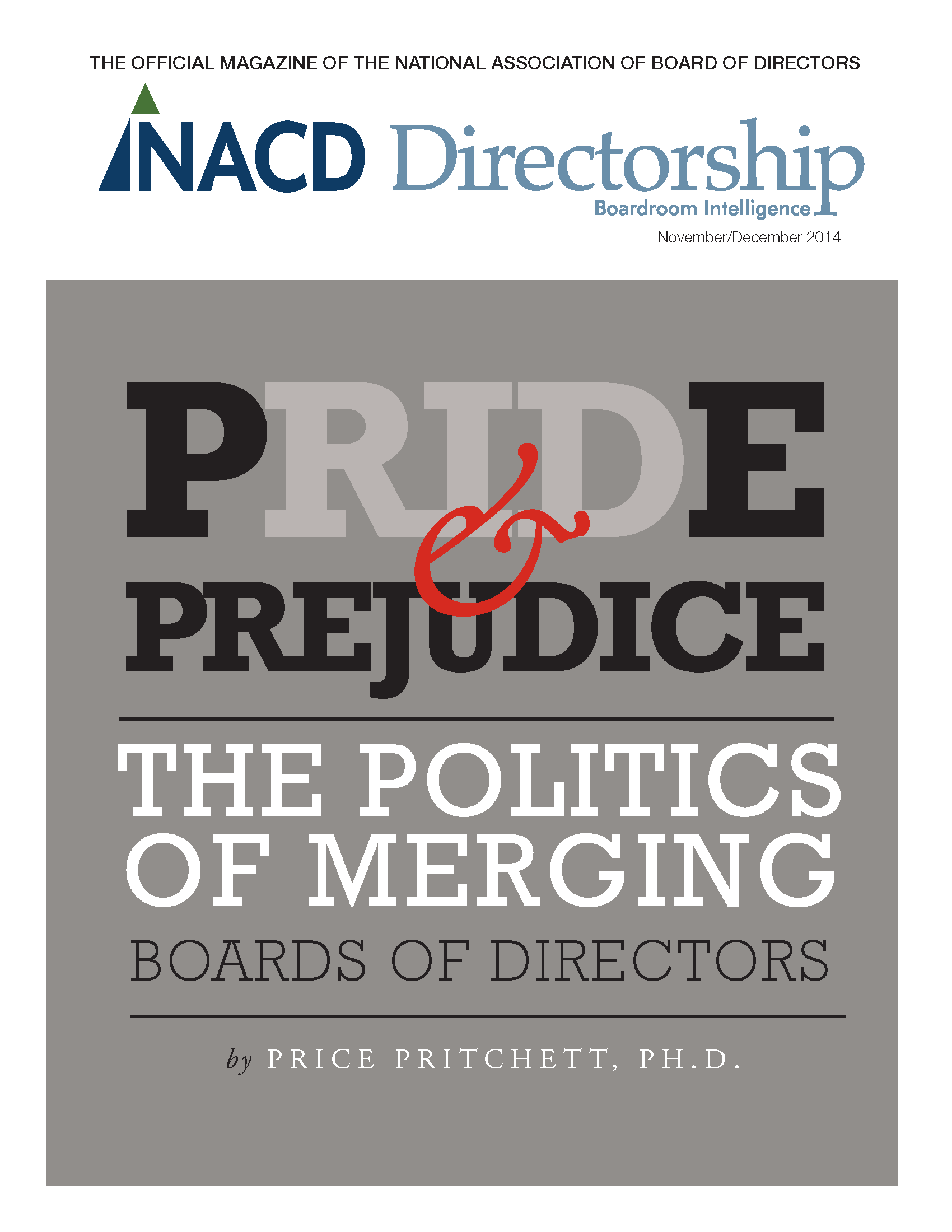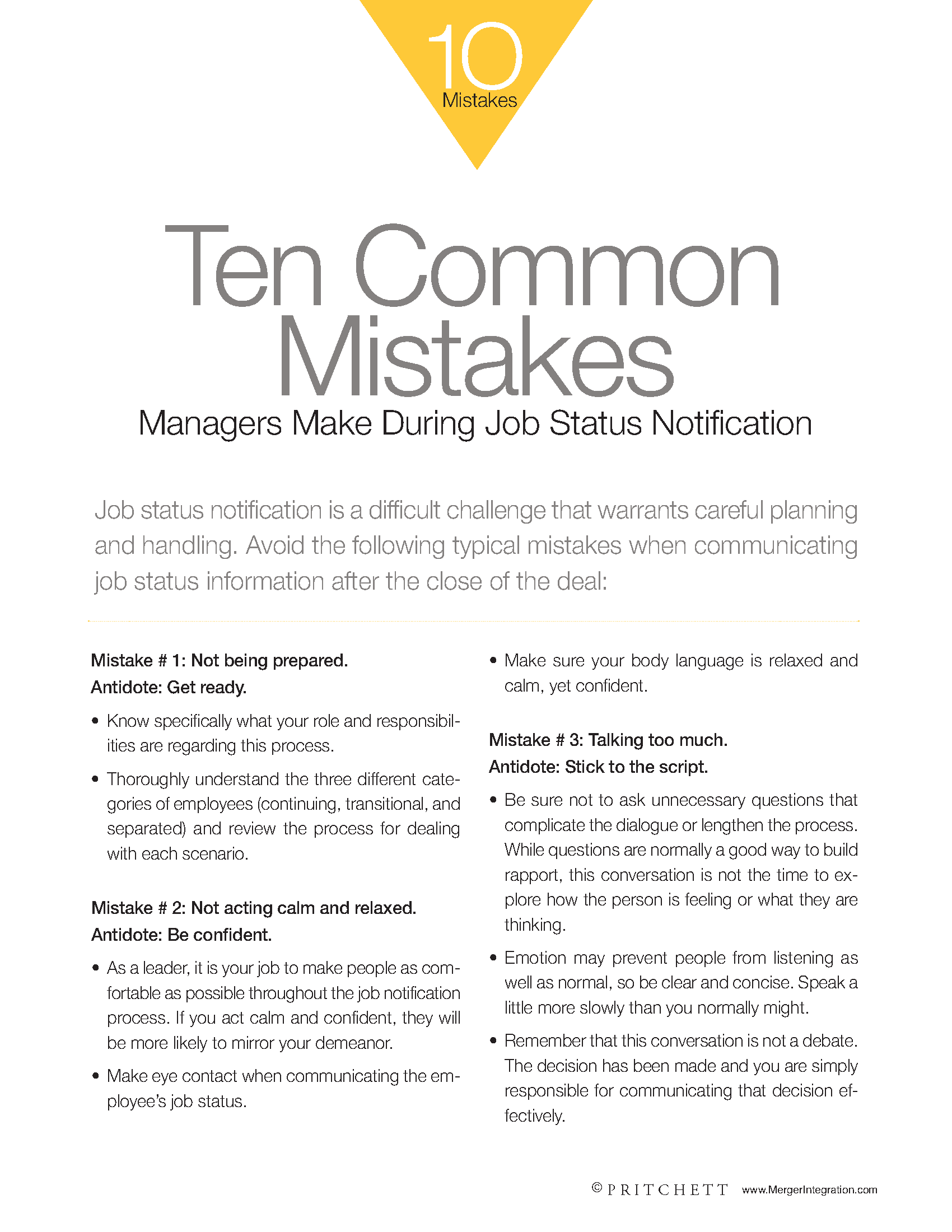Traditionally the merger due diligence process has focused on legal and financial issues—e.g., contractual matters, litigation points, economic and fiscal considerations, etc. Obviously that’s an important exercise.
But when mergers fail, as they too frequently do, the odds are it reflects a sloppy job of leadership due diligence.
There is powerful logic in favor of systematically assessing the competencies of key players in the new organization. You should not automatically assume that people who have been successful in a pre-merger environment will perform with the same effectiveness under a new regime and in a different corporate setup. People’s strengths often become weaknesses during a merger transition period.
|
IT IS NOT UNUSUAL FOR AN INDIVIDUAL TO BE AN ALL-STAR IN A SLOW, DELIBERATE SETUP STYLE OFFENSE, YET BE A LOSER IN A FAST-BREAK GAME |
Ordinarily, the most staunch defenders of the old culture—i.e., the loyalists—have the most difficult struggle adjusting to the inevitable changes brought on by a merger/acquisition. This highlights the need for an objective, professional appraisal of people’s competencies and potential. An important part of the soft due diligence work involves identifying those individuals who can tolerate the ambiguity and uncertainty, facilitate the change process, take appropriate risks, communicate effectively, and generally enjoy the challenge of the merger with the opportunities it will provide.
The absence of such an assessment process practically guarantees the miscasting of people. It means that some poor souls are going to be set up for failure. A merger invariably creates a number of new jobs and profoundly alters the requirements of many others. Often employees “inherit” positions, and end up in roles where they can’t really measure up to the new demands. And when they can only run at half speed, or prove unable to “go the distance” in a merger, you can expect dangerous slippage in corporate effectiveness.

